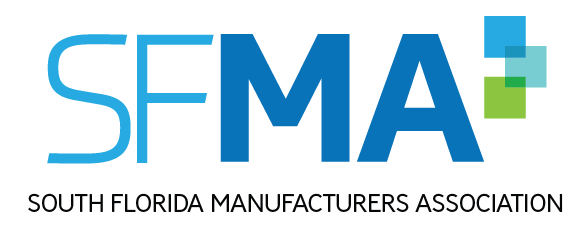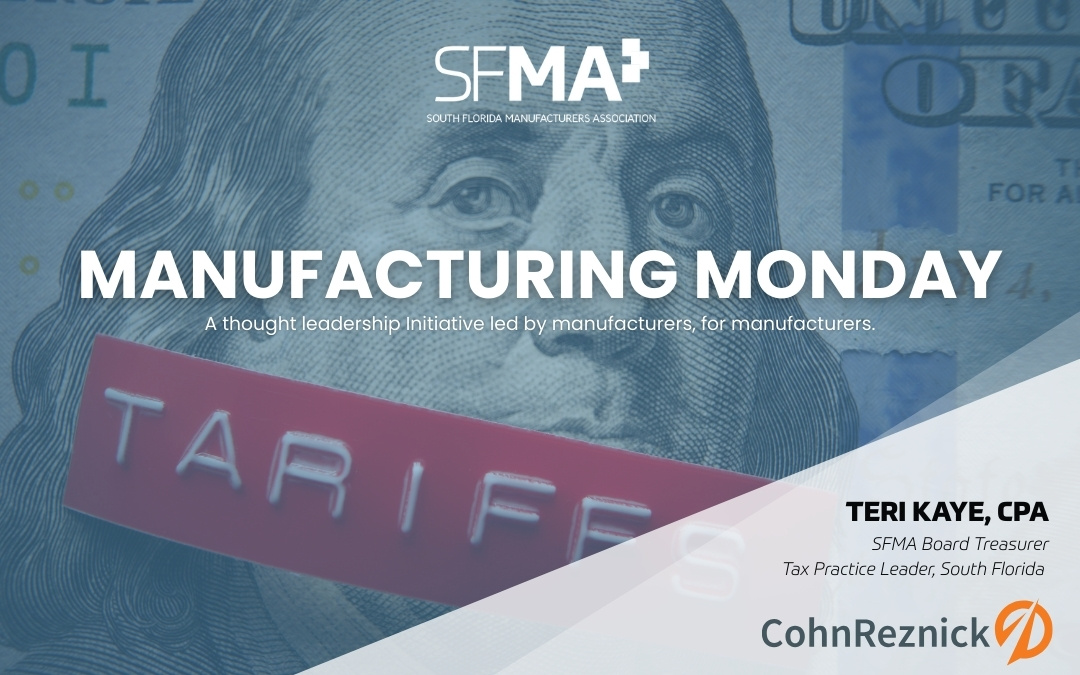President Trump announced tariffs across almost all countries and sectors. While the specific percentages and exemptions have been evolving over the past weeks, nearly every industry could be impacted.
With fixed contract terms, existing customer orders, and management of inventory levels, shifts in strategy and production take time.
Strong supply chain management and stakeholder communication help businesses weather any changes, from tariffs to port strikes. Here are some tips on where to start.
Evaluate your outlook
Work with your advisors and industry organizations to fully understand the implications. What countries are involved, at what percentages? Are any specific products or materials excluded?
Run financial models for several potential scenarios for possible impacts on margins and pricing.
- What price increases might suppliers pass along to you?
- How many times is your product crossing borders and can you reduce that?
- How would the change in your end pricing impact any loan covenant ratios?
- What could be the impact on your already-planned investments?
Understanding your full magnitude – and finding ways to minimize it – will take time. Your suppliers have suppliers, and so on, and all will feed into the ultimate impact on your business.
These details will help you maintain a secure supply chain, stay efficient with your pricing and margins, and negotiate as needed.
Rethink your supply chain
If your business already has a well-diversified supply chain, this is the time to consider leaning more on your domestic suppliers. Reach out for visibility into their planned response to the tariffs and how they can support you: Can you order more? Do they have the capacity to fill your needs?
If you haven’t yet diversified, it takes a considerable time and effort to evaluate a new vendor, so start focusing on that now.
Consider your customers
Evaluate your contracts to determine what price increases you can pass on to customers and when. There may be some you can change immediately, and others that must wait a specified number of days due to required notification periods. To best manage risk and relationships, have those conversations as soon as possible.
Weigh inventory against demand
Amid these external factors, the most critical internal one is your inventory levels. Tariffs can be variable, subject to negotiation, and so it might be worth considering: Do I have enough inventory to meet current demand with the supplies I have? How long could I wait before making changes?
Reacting too quickly could be more hurtful to your business than not, so consider whether you have time to wait.
This judgment requires understanding your customer demand. Some industries have natural peaks and valleys; are you in a lower-demand period where you have more room to be flexible? Or, in the event that tariffs are enacted reciprocally – as some countries have announced – could there be a tariff on your own exported products that impacts your customer demand?
All of this will require close communication among your teams and systems. Check in with your warehouse people about inventory, and your sales team about demand. Bring all your data together toward forecasting. Key KPIs to monitor during this period will include inventory turnover – how much do you have in stock, and how quickly is it moving through? – and margins – How are they trending?
Other factors
- Consider what other cost levers you can pull to maintain operations and profitability. Can you flex up and down with your labor pool?
- Data analytics and forecasting tools are critical to monitoring and modeling tariffs’ impacts in real time. If you do not have easy access to information you need, make note of what you should optimize once conditions allow.
- Reporting will likely be difficult. Make your best estimates of the tariffs’ impacts, and acknowledge that there might be changes. Speak to your lenders and investors about the changes in your financial reporting and their potential impact on covenant ratios and compliance with bank agreements; speak with your bankers to request waivers if necessary.
- Consider where your bigger customers are located, whether reciprocal tariffs will impact the products you are selling to those customers, and how this may impact demand for your exported products. These tariffs may be product-specific and country-specific, so be careful to monitor and understand their exact requirements.
- Have conversations with your customers to understand how they plan to respond to these tariffs: Order more product now to stock up; reduce purchasing for the foreseeable future; or have you ship product directly to the end customer to potentially avoid tariffs?
Tariffs tend to be complex and evolving, and fully adjusting to their impacts takes time. Careful communication and consideration of options can put manufacturers on track to not only navigate their new environment but build resilience for any other changes ahead.
South Florida Tax Practice Leader
CohnReznick Advisory LLC
This article is part of the South Florida Manufacturers Association thought leadership initiative led by manufacturers, for manufactures.
ABOUT SFMA
The South Florida Manufacturers Association (SFMA) is a non-profit trade association founded in 1961 to support and promote manufacturers in South Florida. SFMA represents companies in Miami-Dade, Broward, Palm Beach counties, and the Treasure Coast, fostering collaboration, education, and advocacy within the manufacturing community. Since 2016 the SFMA has provided a $2.5 billion operational impact to manufacturers.

